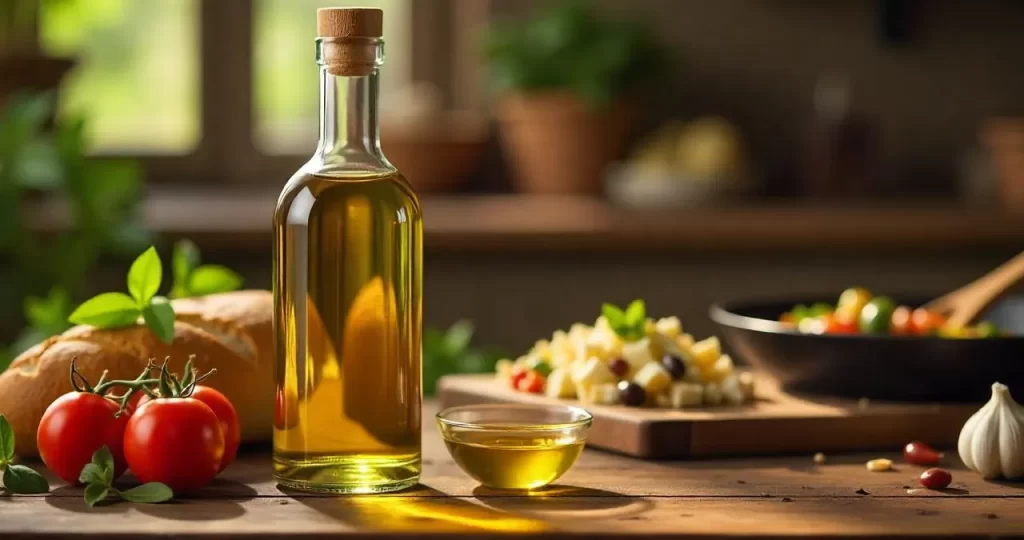A whisk through time: The history and evolution of cream in culinary traditions

Cream, with its rich and luscious texture, has been a culinary staple for centuries, enhancing dishes from all corners of the globe. This delectable dairy product holds a fascinating history, from its ancient roots to its modern-day usage in culinary creations.
This article will journey through time to uncover the evolution of cream in various culinary traditions, exploring its cultural significance, production methods, and diverse applications in gastronomy.
The ancient origins of cream
The history of cream can be traced back to ancient times when nomadic societies first began domesticating animals for their milk. Archaeological evidence suggests that as early as 6000 BC, people used milk from animals like cows, sheep, and goats for sustenance. As milk was left to rest, the cream would naturally rise to the surface due to its higher fat content, creating an early form of cream separation.
In ancient cultures, the cream symbolized abundance and prosperity, often associated with fertility and nourishment. From the Egyptians to the Babylonians, cream and its byproducts, such as butter, held ceremonial and ritualistic importance. Additionally, the cream was utilized in medicinal practices, believed to possess healing properties, and used as an ointment for various skin conditions.
Cream in European culinary traditions
Cream’s significance in culinary traditions took center stage during the European Middle Ages when it was a prized ingredient among the upper class and nobility. The cream was predominantly used in medieval European kitchens to create sumptuous dishes for lavish feasts and banquets. Chefs of the time employed cream to enrich sauces, soups, and desserts, adding a touch of luxury to their creations.
One notable example of cream’s culinary importance is the creation of clotted cream, a traditional English delicacy. Dating back to the 14th century, clotted cream was made by slowly heating unpasteurized milk and allowing the cream to rise and form a thick layer, which was then carefully skimmed off. This delectable treat became a quintessential accompaniment to scones and afternoon teas, embodying the essence of British culinary culture.
The industrial revolution and cream processing
The Industrial Revolution in the 18th and 19th centuries marked a turning point in cream processing and preservation. With the introduction of cream separators, dairy farming underwent a revolutionary transformation. These innovative devices enabled the efficient separation of cream from milk on a much larger scale, resulting in a surge in the availability and accessibility of cream for both households and commercial use.
The development of refrigeration techniques further transformed cream processing, enabling longer shelf life and safe transportation. As a result, cream became a staple in kitchens worldwide, allowing chefs and home cooks to explore its versatility in various dishes.
Cream in modern gastronomy
In the modern culinary landscape, cream remains a beloved ingredient cherished for elevating sweet and savory dishes. In pastry and dessert-making, the cream is crucial in creating rich fillings, luscious mousses, and decadent frostings. Whipped cream, made by incorporating air into cream, is a delightful topping for cakes, pies, and beverages, imparting a light and airy texture to the final product.
The cream is often used in savory cooking to create velvety sauces, creamy soups, and delectable pasta dishes. Its ability to balance and enhance flavors makes it an indispensable ingredient in classic dishes such as Alfredo sauce and Beef Stroganoff. Moreover, cream is the cornerstone of many traditional comfort foods, adding a touch of indulgence to everyday meals.
Nangs, also known as whipped cream chargers, play a crucial role in the world of desserts, effortlessly topping off delicacies with a velvety cloud of whipped cream, adding a touch of indulgence to each sweet creation. Nangs delivery Melbourne has now made it easier than ever to add that perfect dollop of whipped cream to any meal.
Innovations in cream alternatives and dietary preferences
In recent years, the culinary world has witnessed a surge in cream alternatives to cater to diverse dietary preferences and health-conscious consumers. With the rise of lactose intolerance and veganism, non-dairy cream options have gained popularity, providing a solution for those seeking plant-based alternatives. Coconut, almond, and oat cream are just a few examples of the growing selection of non-dairy substitutes offering a creamy texture and rich flavor profile similar to traditional cream.
Advancements in food technology have led to the development of low-fat and reduced-calorie cream variations, addressing the demand for healthier options without compromising taste and texture. These innovations in cream alternatives have broadened the horizons of culinary possibilities, allowing chefs and home cooks to cater to a broader audience while maintaining the essence of cream in their creations.
To top things off
From its ancient origins to the present, the cream has journeyed through time, leaving a rich legacy in culinary traditions. Its versatility, richness, and ability to enhance flavors have made it a cherished ingredient in kitchens worldwide. As we explore cream’s evolution and role in modern gastronomy, we recognize the constant innovation and adaptability that have kept it at the heart of culinary creations.
As the culinary landscape changes, so does our understanding of cream’s impact on health, dietary preferences, and sustainability. With cream alternatives and ethical practices gaining momentum, the future of cream is poised to be more inclusive and environmentally responsible. Whether whipping up a classic dessert, creating a savory masterpiece, or exploring non-dairy options, cream remains a timeless delight that continues to delight taste buds and ignite culinary passions across cultures and generations.



